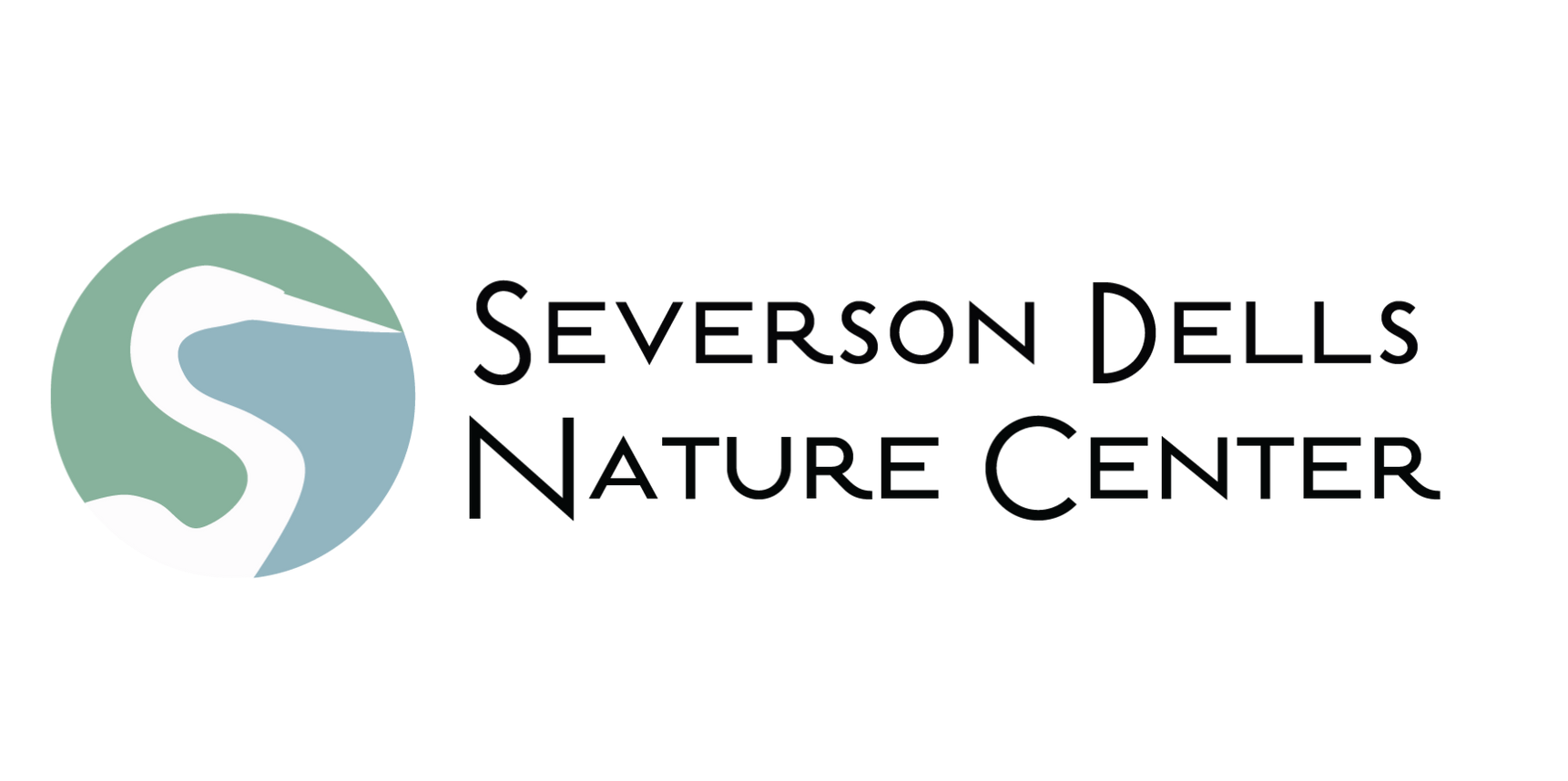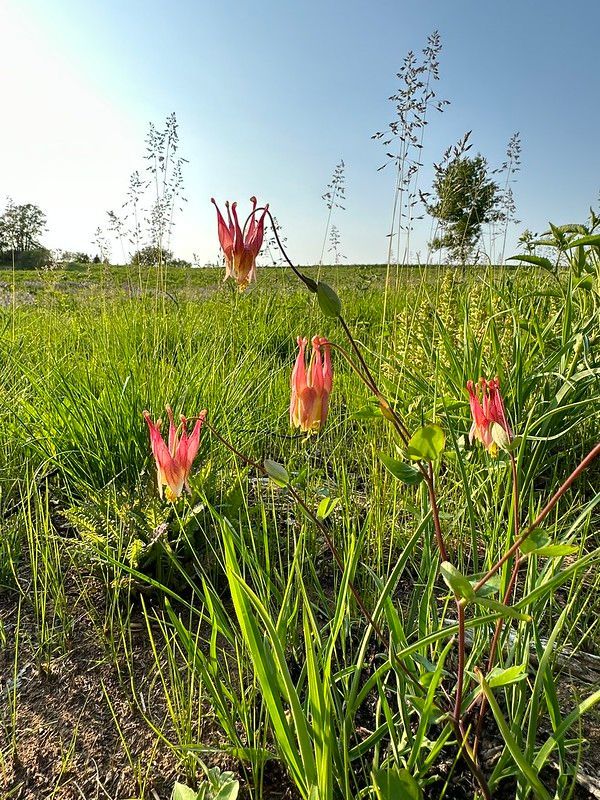FIELD NOTES BLOG
Environmental Philanthropy
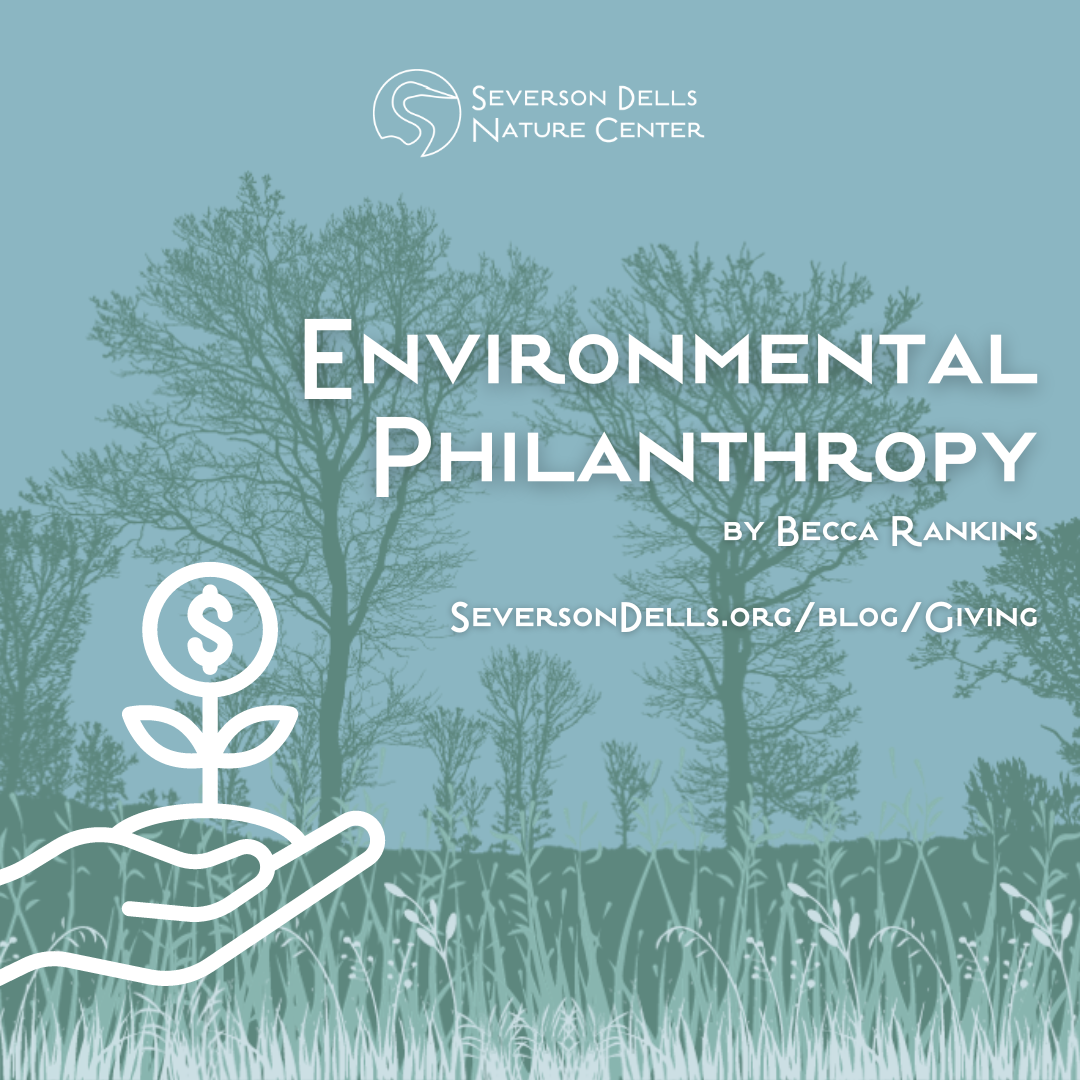
Nonprofit organizations rely on donor dollars, most of the time from individual or business donors, to help sustain the organization’s mission. Nonprofits, like Severson Dells Nature Center, have an engaged community looking to support an idea, a group of individuals, or nature education, in our case.
An organization called Climate Switch (focused on helping guide us towards a more sustainably life) released a report utilizing data from 2020 giving trends from “ IRS tax returns, ProPublica’s non-profit API, and foundation grant data.” The results were interesting, so I thought it we could to take a “behind-the-scenes” look into environmental giving.
The facts are this: environmental giving is one of the most least funded causes in philanthropy. In 2020 , roughly 2% of charitable giving was designated towards environmental causes. Roughly $471B was given to nonprofits in 2020, but only $8B was given to environmental nonprofits. To add an additional layer onto this data, Climate Switch notes that the “environmental” category of nonprofits also sometimes includes animals and does not specify the type of environmental cause such as gardens versus environmental education versus land trusts. Due to this, giving can be even less to organizations who are similar to Severson Dells Nature Center’s mission of environmental education. Of the $471B, it is very possible that less than $1B makes its way to environmental education.
The “why” behind this isn’t as clear as the data. I could ponder all of the reasons why this data presents the way it does, but instead I’m more interested in the reasonings behind why people do decide to donate.
If you’ve read this far, please let me know! If you donate to Severson Dells Nature Center or support our programs, I would love to know more behind that. Here is an anonymous survey where you can help us make sense of environmental giving here at Severson Dells Nature Center. If you’d rather reach out to me directly, please do at becca@seversondells.org ! I’d love to hear from you.

RECENT ARTICLES
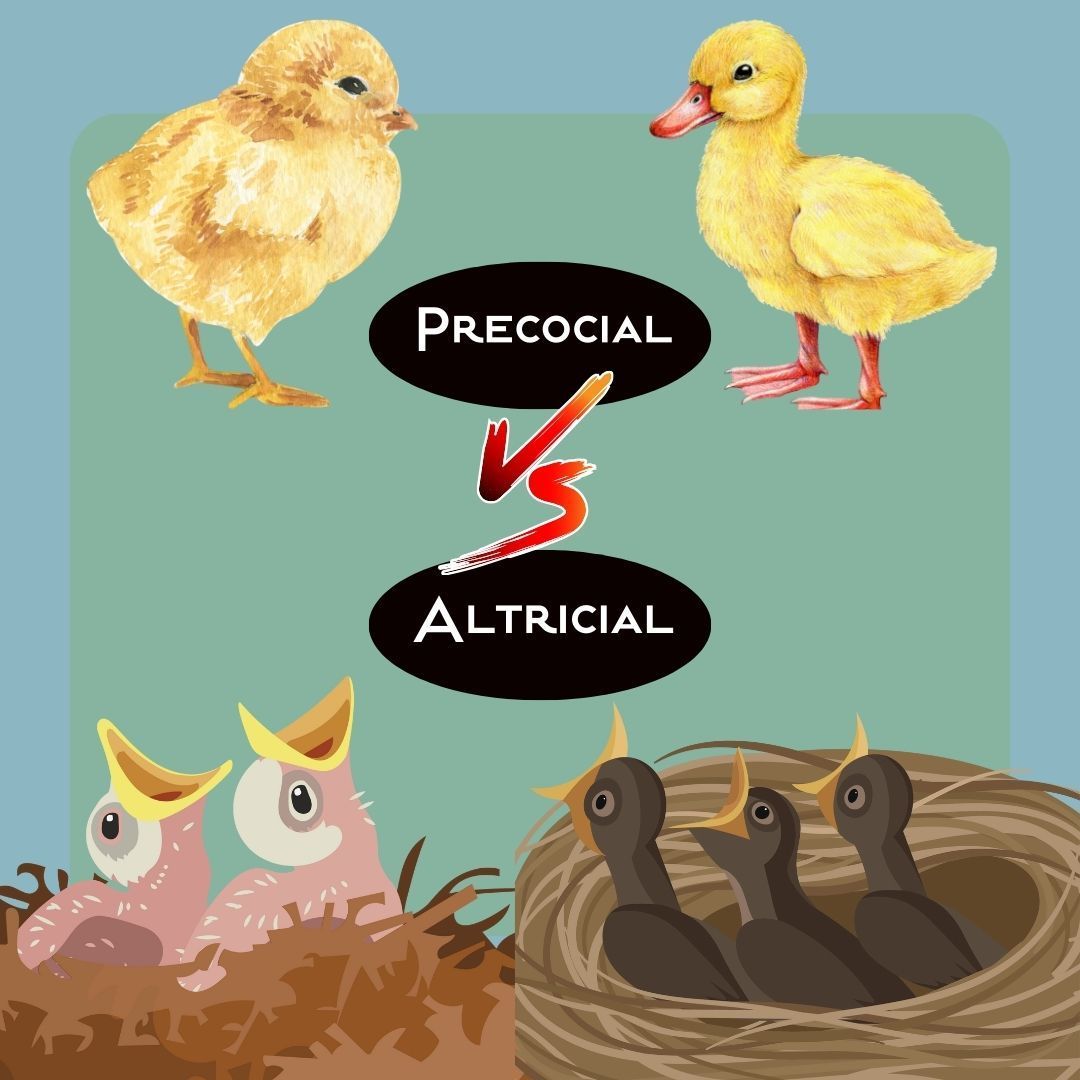
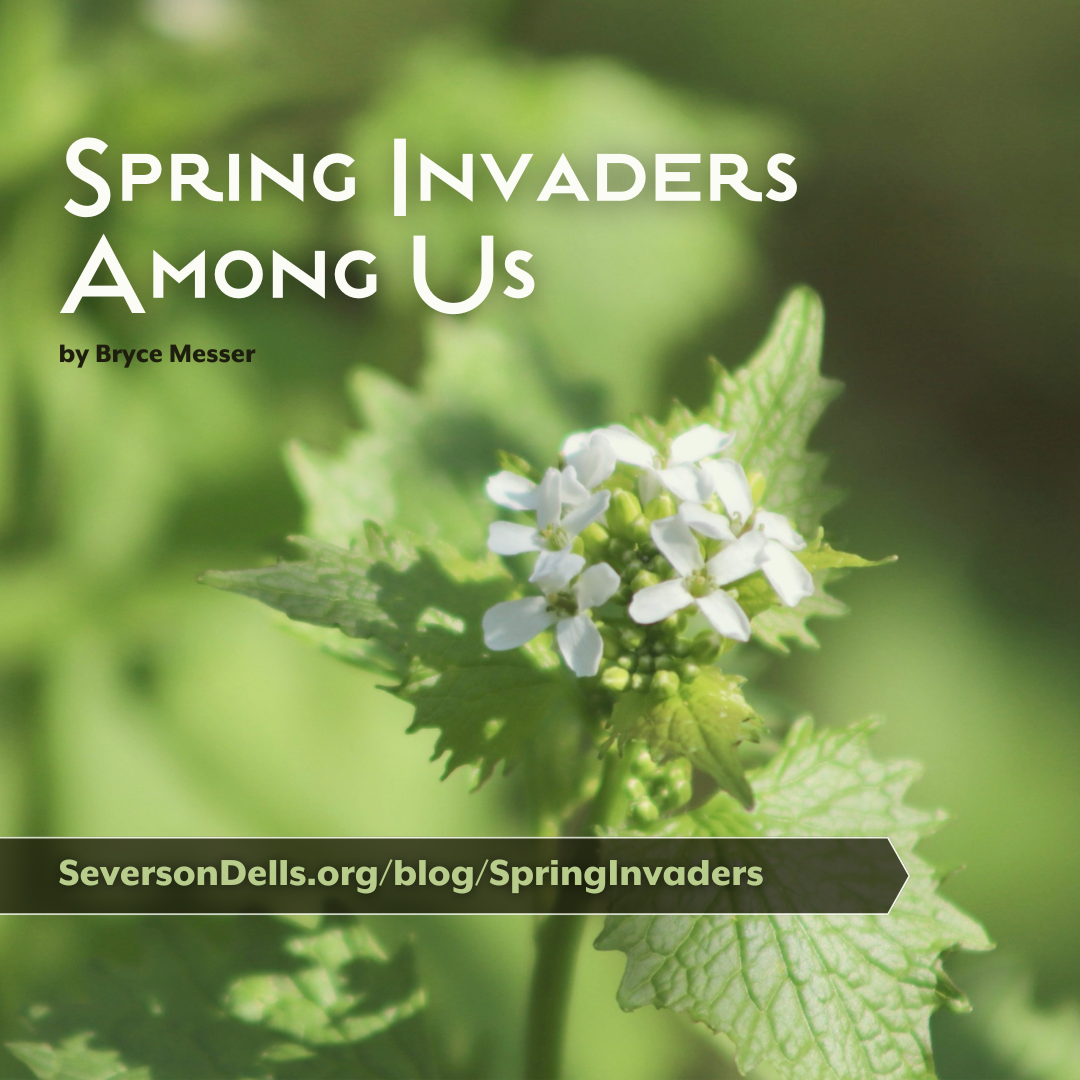
Our Mission: To link people to nature through education and research, in the northern Illinois and southern Wisconsin area. We promote awareness of the natural world, fostering respect, enjoyment, and preservation now and in the future.
Contact us
8786 Montague Rd.
Rockford, IL 61102
Business Hours
- Mon - Sat
- -
- Sunday
- Closed
The Grove Nature Playscape and the trails
are open from sunrise to sunset.
Website Navigation
Business Sponsors

Slide title
Write your caption hereButton
Slide title
Write your caption hereButton
Slide title
Write your caption hereButton
Slide title
Write your caption hereButton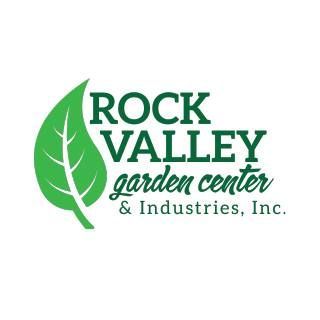
Slide title
Write your caption hereButton
Slide title
Write your caption hereButton
Slide title
Write your caption hereButton
Slide title
Write your caption hereButton
Slide title
Write your caption hereButton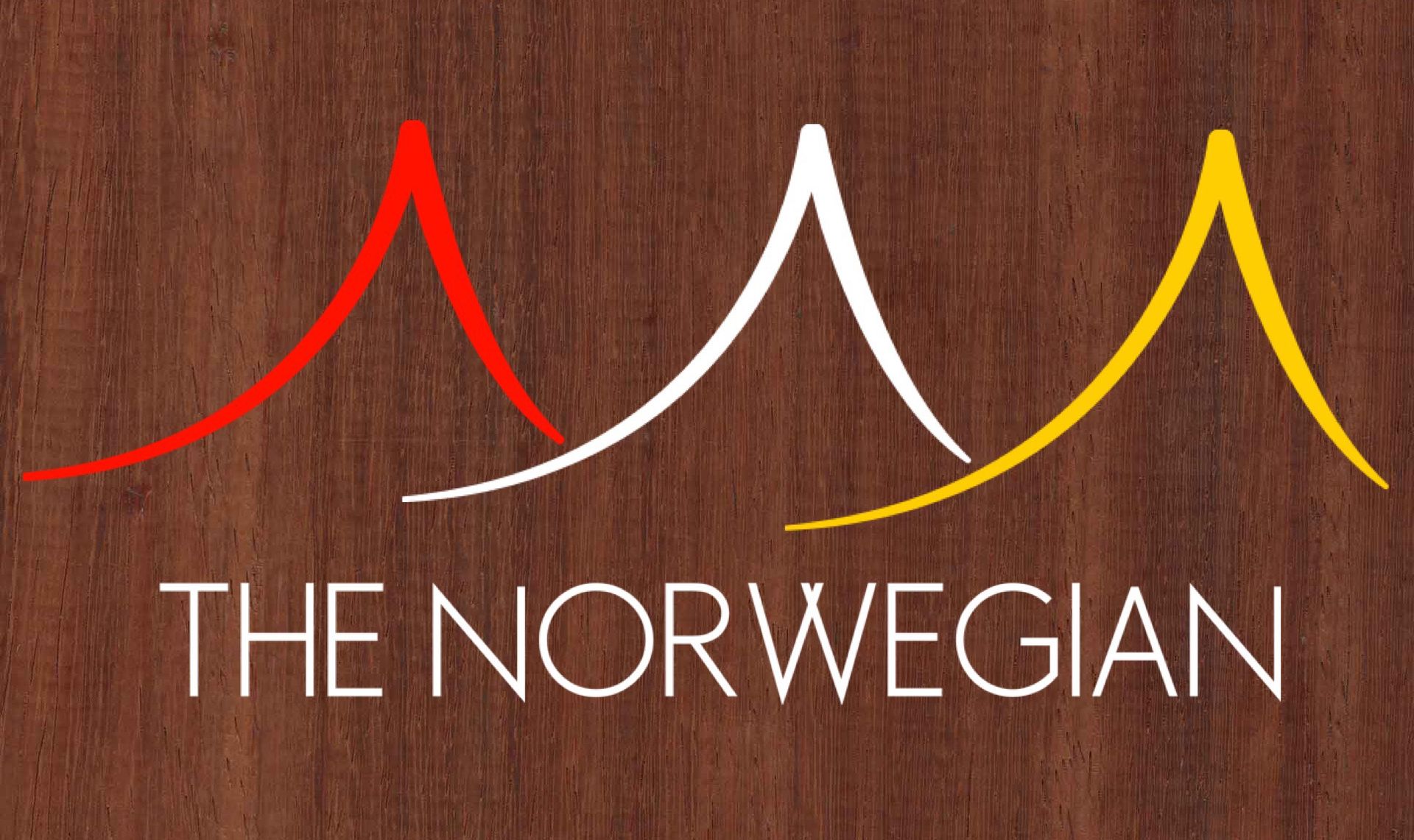
Slide title
Write your caption hereButton
Slide title
Write your caption hereButton
Slide title
Write your caption hereButton
Slide title
Write your caption hereButton
Slide title
Write your caption hereButton
Slide title
Write your caption hereButton
Slide title
Write your caption hereButton
Slide title
Write your caption hereButton
Slide title
Write your caption hereButton
Slide title
Write your caption hereButton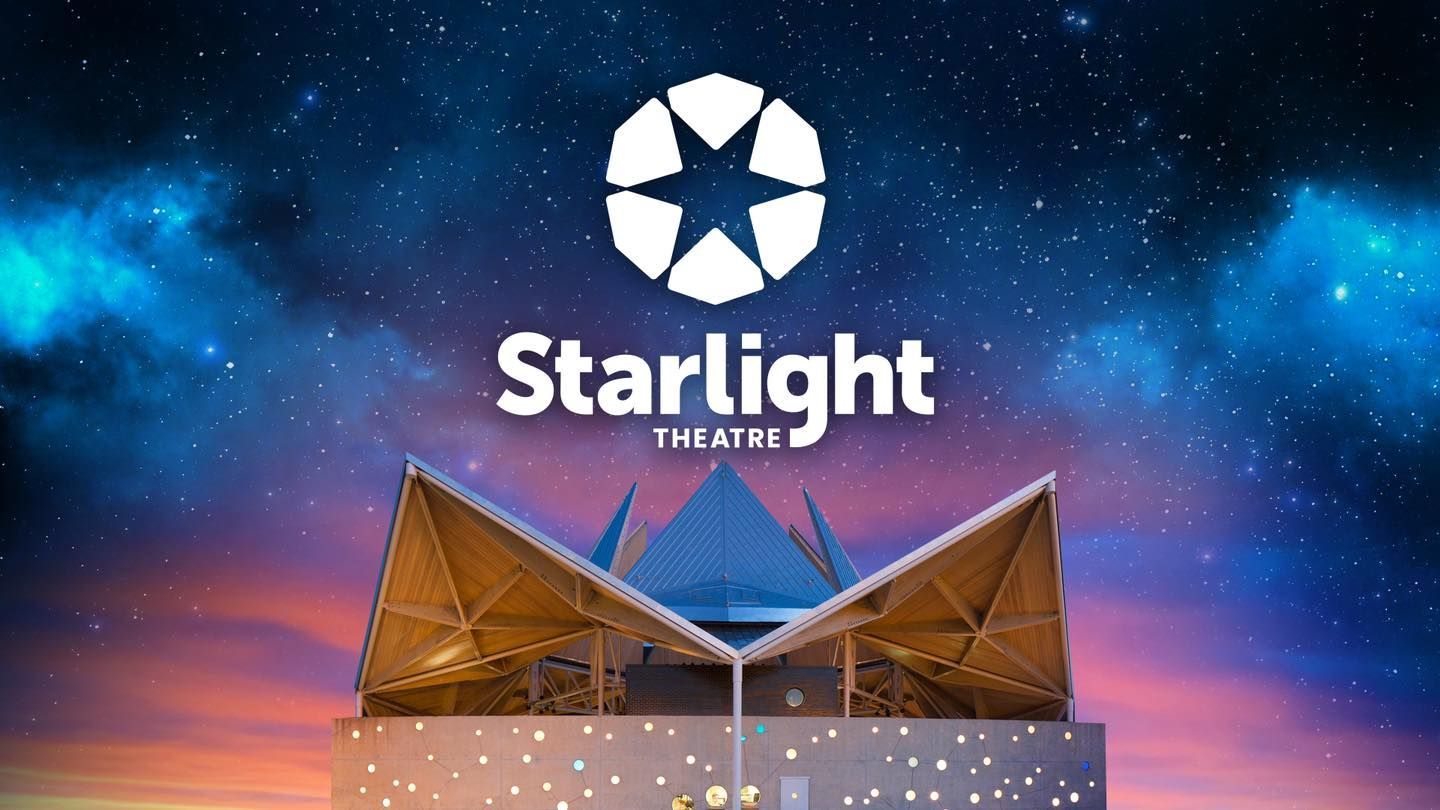
Slide title
Write your caption hereButton
Slide title
Write your caption hereButton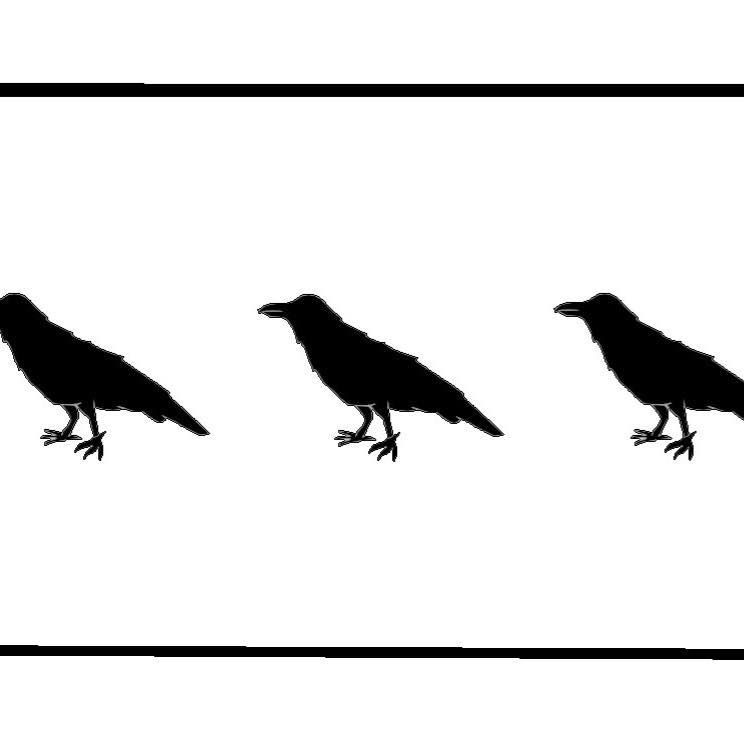
Slide title
Write your caption hereButton
Slide title
Write your caption hereButton
Slide title
Write your caption hereButton
Slide title
Write your caption hereButton
Slide title
Write your caption hereButton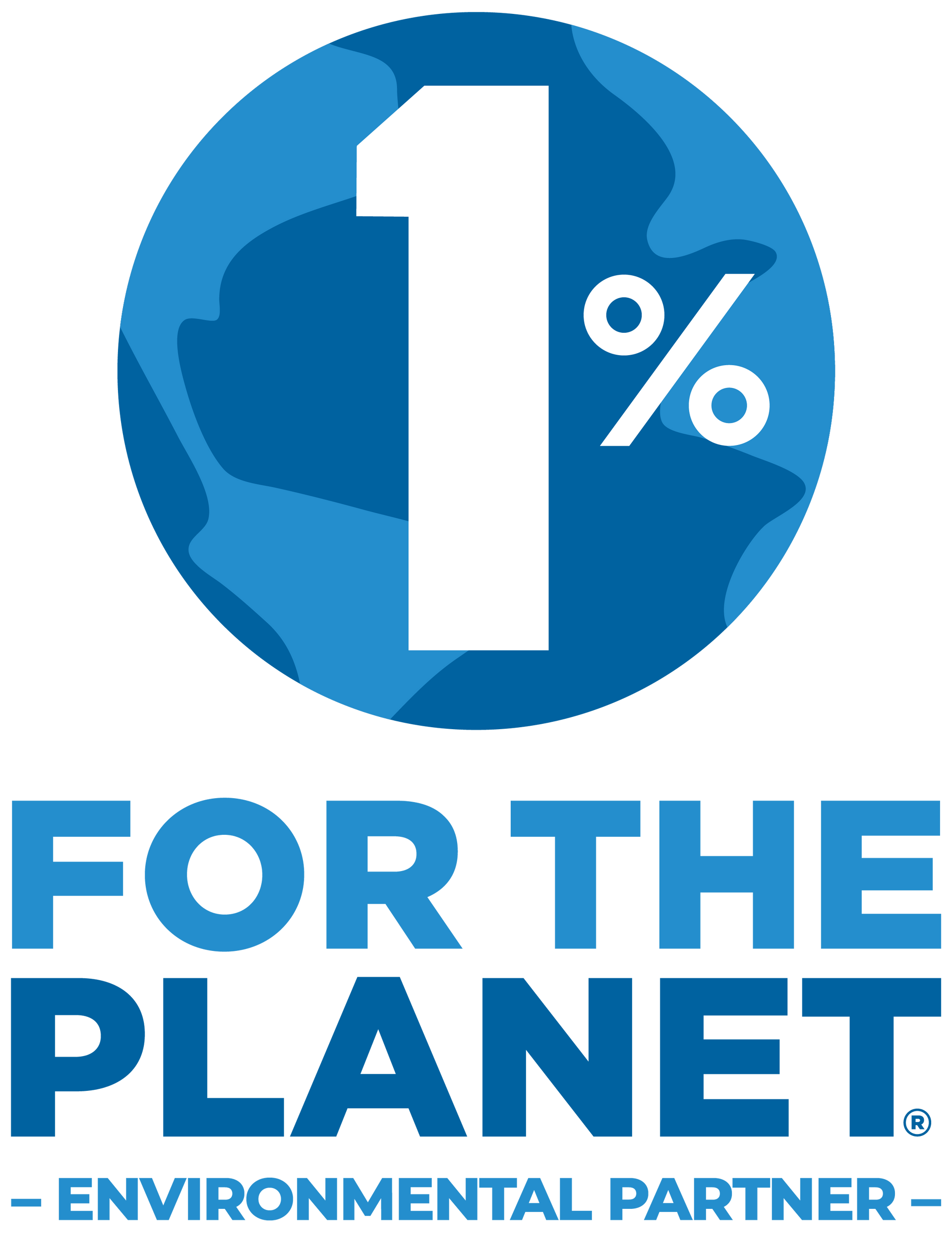
Slide title
Write your caption hereButton
©2023 | All Rights Reserved | Severson Dells Nature Center
Website powered by Neon One
